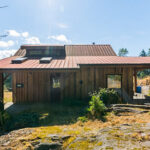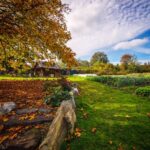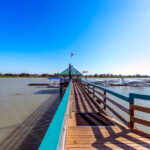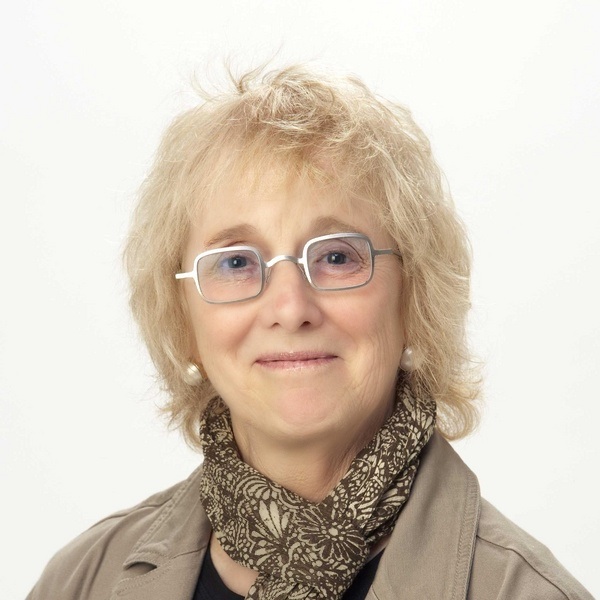September, 2013, Market Analysis

Salt Spring Island, July, 2013
or those who own a Salt Spring Island or a Gulf Island property, & who listed back in 2006/2007, it’s been a disturbing ride. The same can be said about Vancouver Island, the Sunshine Coast, & the B.C. Interior communities…all secondary home markets, in other words. The economic downturn afflicted all secondary home regions, globally, and the downturn in recreational areas began long before the obvious collapses in October, 2008.
After a dramatic five year run-up in sales volume & pricings, in the range of 60%, (2001 to 2005), there was a distinct pause in activity in 2006/2007. Prices softened around 12%, according to appraisers, between early 2006 & mid-2007. Sales volume was also visibly lower.
The economic meltdowns of late 2008 had global implications, and all secondary home/discretionary/resort-based/recreational regions were hard hit. No one “has to” buy a second home or make a recreational investment.
Througout 2009, 2010, 2011, there were few sales & those that did take place saw substantial price reductions en route to a further reduction at the point of an offer. The sales were mainly in entry-level residential options. Appraisers say we reduced in pricing, between mid-2007 & late 2012, by around 35%.
2012 saw a sales volume uptick of around 30%, but mainly in that entry-level residential category. Prices remained very unstable. It appeared that these were investor-buyers, looking for 3 bed/2 bath homes, easy to rent…a passive income investment, perhaps. In the main, they were not the end users of their purchases. Most sales were below 500,000.
2013 has seen a similar activity to 2012, but more end-user buyers are around, and residential sales are taking place up to 900,000. A definite improving trend appears to be in play.
A very few upper tier priced residential properties sell every year…so far, this year, the highest sale price was 1.75, and was an oceanview home on a large acreage. It had seen severe price reductions on the way to that sale.
Cottages, higher priced residential offerings, undeveloped land, residential needing significant renovations, & commercial/business options are not easily finding buyers. The bulk of the sales to date are residential options below 700,000.
For those who listed in 2006/2007, at much higher price points, which would have been market value at the time of the listing, it’s been an uncomfortable “search for the bottom”. Sellers & realtors do not create a market…buyers do that. If a buyer chooses the path of inaction, in a discretionary market, then constant price reductions don’t easily work. Buyer confidence is a huge part of the equation!
Those constant & severe reductions in 2011 & 2012 had buyers asking two questions: “how low will the seller go?” (plus: “Let’s wait & find out”) OR “what was wrong with the property?”…in a secondary home marketplace the decision to buy is rarely price driven. It’s about desire & confidence to act, on the part of a buyer.
Companies need income to remain in business. Company inspired price reductions try to create a market. Rare that this works in a recreational/discretionary area. Nevertheless, reductions make all sellers react, so as to be seen as competitive in pricing, once that company driven reduction dance begins. This kind of local market manipulation does create a local price point.
So here we are, poised at the moment of possibly authentic market recovery. Our Pacific Northwest Coast region is the tail of the dog: last down & last up.
In other regions we are hearing about thinning inventory and rising prices in entry level residential options. Even multiple offers are being reported. We are also hearing that the luxury residential segment is improving, in some areas.
Our region often follows trends elsewhere in North America within 4 to 6 months. We should thus be experiencing the same improving statistics by late 2013/early 2014.
A natural cyclical improvement, a seeking of a safe haven environment, a desire to protect capital…these are strong motivators to action in secondary home markets.
As we enter September, and that late summer/early Fall market, it may be that we will experience consistent sales…from now right through to late November. Oddly enough, the Spring timeline is no longer our busiest sales window.
The rest of Canada loves to dream about retiring to B.C.’s coast…with the Boomer move to retirement living choices, Salt Spring Island’s year round lifestyle beckons. Europe, Asia, South America, the U.S. are also looking our way.
The Internet definitely opens up all regions to a global buyer profile. At the same time, it gives that national/international buyer too many choices. So, whether it’s a buoyant or a suppressed market trend, it takes time to sell any Gulf Island property…the buyer looks “everywhere” & is totally in charge of the “where” & the “when” of a purchase decision. Sellers have to practice patience, always.
Salt Spring Island & the Canadian Gulf Islands are not municipalities. They are governed by the provincial government body known as the Islands Trust. The Trust has been in place since 1974, with the mandate “to preserve & protect” the environmental beauties of the Gulf Islands for the benefit of all B.C. residents. This is accomplished by curtailing growth via severe zoning bylaws…in a sense, growth is capped by such controls. Such inventory control does mean, over time, price escalation…as people discover the magic of these islands, want to own a piece of it, and there’s a limited amount available forever…you get the drift!
Are we now on the authentic uptick?










